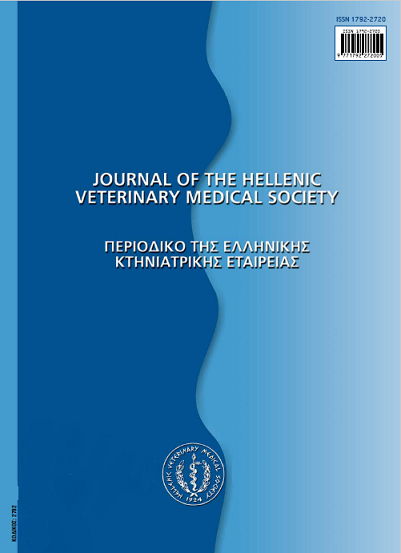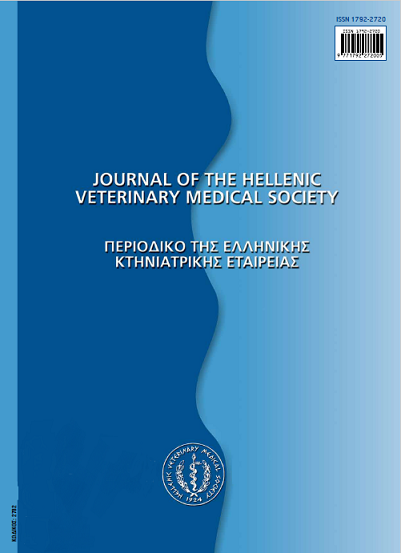Feed Ban and BSE: the detection and identification of processed animal proteins in compound feeds

Abstract
Reference is made initially to the incidence of BSE within the EU territory and the reasons of the appearance of the disease i.e. the use of meat and bone meal in ruminant diets. In turn, the evolution of Community legislation in the sector of marketing of feeds of animal origin is described. Furthermore, the banning of feeding of mammalian protein to ruminants and the extension of prohibition to further animal proteins such as from other vertebrates and how this banning affects the feeding of the various animal species is reviewed. Finally, the importance of detecting and identifying the presence and amount of processed animal proteins in compound feed as well as feed materials is stressed and methods such as feed microscopy, immunoassay techniques, PCR, NIR and HPLC are discussed.
Article Details
- How to Cite
-
ZOIOPOULOS (Π. ΖΩΙΟΠΟΥΛΟΣ) P. (2017). Feed Ban and BSE: the detection and identification of processed animal proteins in compound feeds. Journal of the Hellenic Veterinary Medical Society, 62(1), 71–81. https://doi.org/10.12681/jhvms.14838
- Issue
- Vol. 62 No. 1 (2011)
- Section
- Review Articles
Authors who publish with this journal agree to the following terms:
· Authors retain copyright and grant the journal right of first publication with the work simultaneously licensed under a Creative Commons Attribution Non-Commercial License that allows others to share the work with an acknowledgement of the work's authorship and initial publication in this journal.
· Authors are able to enter into separate, additional contractual arrangements for the non-exclusive distribution of the journal's published version of the work (e.g. post it to an institutional repository or publish it in a book), with an acknowledgement of its initial publication in this journal.
· Authors are permitted and encouraged to post their work online (preferably in institutional repositories or on their website) prior to and during the submission process, as it can lead to productive exchanges, as well as earlier and greater citation of published work.



